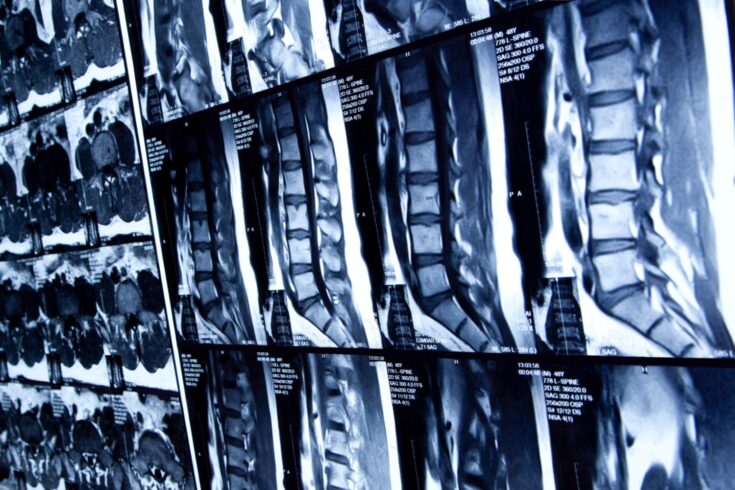Researchers aim to revolutionise the treatment of secondary bone tumours through new imaging and keyhole surgery approaches.
The approaches would target metastatic bone disease, caused when tumours spread from a primary cancer elsewhere in the body, the condition is particularly associated with breast cancer.
The condition causes bone tumours to weaken and eventually fracture, and in some cases the fracture may damage the spinal cord and cause paralysis.
Alternative approach
Despite the severity of the condition, complex surgery is not always possible, and the researchers will now aim to develop an alternative approach based on new imaging and modelling techniques.
The research team are from:
- University of Leeds
- Imperial College London
- UCL.
They have received a £7 million grant from the Engineering and Physical Sciences Research Council (EPSRC), part of UK Research and innovation.
They will develop techniques that will allow clinicians to predict which patients are at high-risk of vertebrae fracturing.

A visualisation of a vertebra that has been damaged by a tumour (credit: University of Leeds)
Tailor-made implants
These could then be fitted, using minimally invasive surgery, with tailor-made implants to strengthen the spine and prevent fractures.
Professor Richard Hall, an expert in medical engineering at the University of Leeds who is leading the research collaboration, said:
The problem facing doctors is they have no way of knowing which of the spinal vertebrae is going to collapse.
But when that happens, patients often require major surgery which involves a lengthy period of rehabilitation.
Our approach is to intervene by developing new techniques and equipment that will prevent spinal fractures, crucially helping to maintain a patient’s quality of life at a time when they may be terminally ill.
Developing new treatments
Dr Kedar Pandya, Director for Cross-Council Programmes at EPSRC, said:
Through improvements in imaging and modelling and a personalised approach, this project has the potential to revolutionise the treatment of secondary bone tumours.
It demonstrates the importance of fundamental research and engineering solutions in developing new treatments that will have a profound impact on peoples’ lives.

